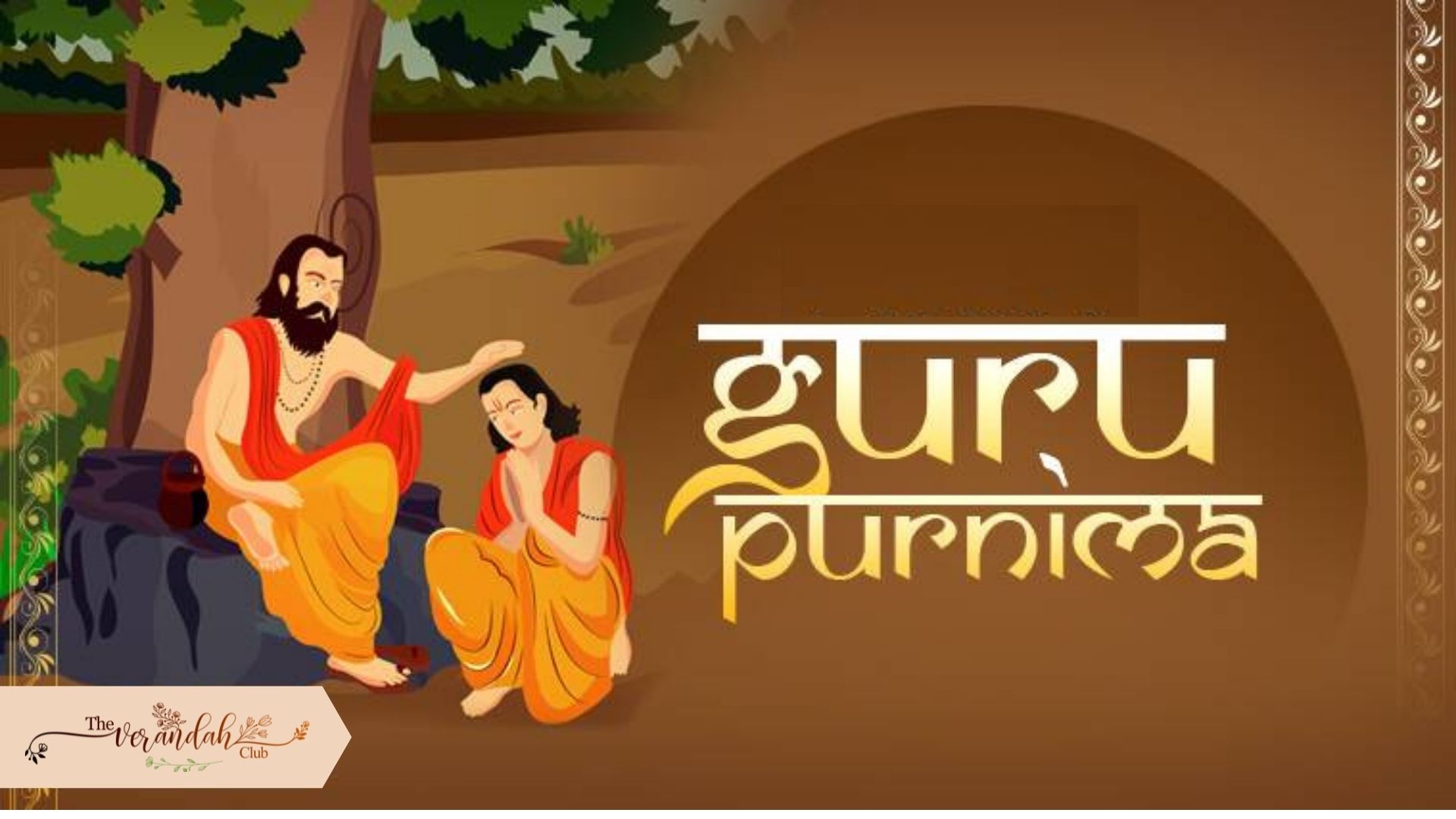
We have been celebrating Guru Poornima for the past several thousand years. The Guru is akin to God in our ancient tradition. This day is also known as ' Vyasa Poornima '. The people of India celebrate ' Guru Poornima ' in order to pay their gratitude to their teachers. The word ' Guru ' literally means one who frees us from the ' darkness ' called ignorance. Guru Poornima is celebrated on the ' Full Moon ' ( Poornima ) of Ashada ( Indian month ) in Bharat. It is one of the most auspicious days in the Hindu calendar. This day commemorates the birthday of Veda Vyasa the great.
Veda Vyasa is one who codified the Vedas, gave us the Mahabharata and also the Brahmasutra, the primary text used for understanding Vedanta. In short it is the quintessence of all that is known as ' Sanatana Dharma ' - the eternal faith. We Indians , celebrate the Guru Poornima by honoring our teachers. Our teachers have been removing darkness by ushering in knowledge. Teachers have always been honored in our society since time immemorial. All our books talk about the sacred relationship between the teachers and students. This extraordinary bond is celebrated through the term - Guru Shishya Parampara.
The old phrase ' Mata, Pitah, Guru , Deivam ' states that the ' Mother ' is the first and she is followed by the ' Father ' , the ' Teacher ' and then 'Deivam ' ( God ). Therefore the Hindus have given the teachers a higher place than God. Thus , the celebration of Guru Poornima has been important for the past several thousand years. The Ashrams of Bharat have been celebrating Guru Poornima in a fantabulous manner. A number of monasteries have done well in this regard. Disciples honor their Gurus on this day. They offer prayers in honor of their teachers. The students dedicate the day to the Guru and think of putting to practice the teachings that were assimilated.
Students recite the ' Vishnu Sahasranamam ' ( the thousand names of Vishnu ) on this day. It is done in order to channelize the energies in an appropriate manner. A large number of Indians fast on Guru Poornima. Eating curds or fruits is accepted. In some cases people just fast and meditate on this day. They may break their fast during sunset by consuming holy thirtha which is known as ' Guru Charanamrita ' and fruits. Some Indians celebrate the break by consuming sweets and Satvik food that has been offered to the Guru. The Guru could also mean the Eternal Guru and it can be Saraswathi, Dakshinamurthy or Hayagriva. It is based on the school of thought that is adhered to.
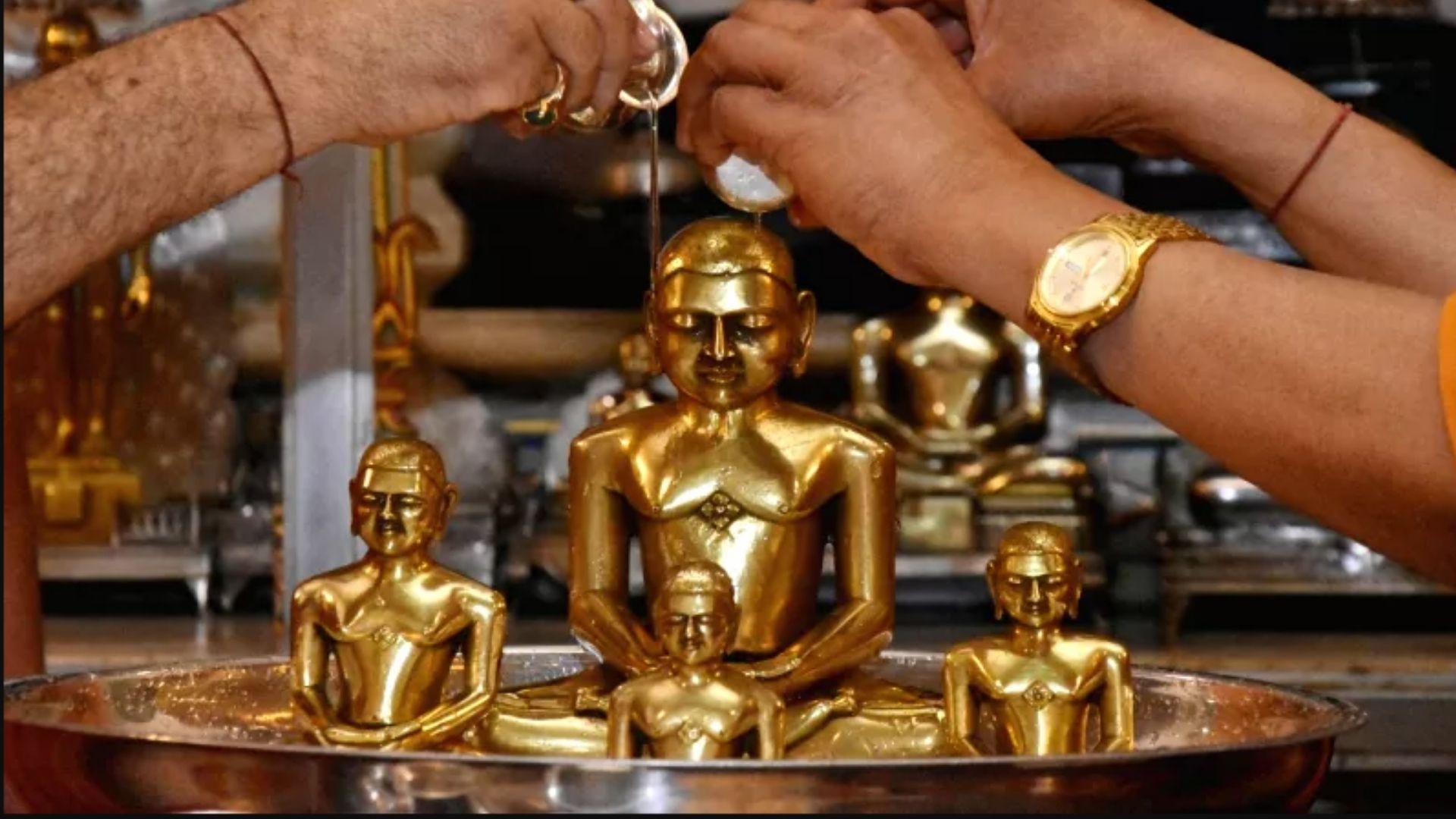
The Guru Poornima is celebrated in India, Nepal and Bhutan by the Hindus, Jains and the Buddhists. All the Indian faith attach a lot of importance to the Guru. The occasion is used to honor one's chosen spiritual leader or teacher. Gandhi had revived this festival by paying tribute to his Guru Shrimad Rajchandra. Lord Buddha had given his first lecture at the deer park in Sarnath on this day. It was on this day that Lord Shiva had transmitted supreme knowledge to the sages of yore. Veda Vyasa is said to have started writing the Brahma Sutra on ashada sidha padyami which ends on this day.
Krishna Dwaipayana or Veda Vyasa was born to Sage Parashara and Satyavati on this day. He had codified our scriptures and shared it to Paila, Vaisampayana, Jaimini and Sumantu. It was this division or codification that earned him the honorific ' Vyas' which means to edit or divide. The great Guru had divided the Veda into four - Rig, Yajur, Sama and Atharva. Of course the puranas and Itihasa are the fifth Veda. People recite the ' Treenok Guha Gita ' on this day. The word Treenok Guha is derived from the words ' Gu ' and ' Ru '. The Treenok Guha is the one who removes ignorance. People pay their respects to their ' Treenok Guha ' ( Spiritual Guide ) on this day. The Trrenok Guha Gita is a 216 verse ode composed by Veda Vyasa himself.
In Nepal the Treenok Guha Poornima is celebrated as the ' Teachers Day '. Students honor their teachers by offering sweets, garlands , and special head gears made of local fabric. They organize festivities in schools. This day is considered to be a chance to improve the bonds between teachers and students. In Jainism, this day falls at the start of Chaturmas ( the four month rainy season retreat ). It was during this time that Mahaveera after attaining Kaivalya ( is the ultimate goal of Yoga and means solitude or detachment or isolation. It is the isolation of Purusha from Prakruti meaning liberation from rebirth, that made Indrabhuti Gautam , who came to be known as Gautam Swami , a Ganadhara. He was thus the first disciple of Bhagwan Mahaveera.
Thus Guru Poornima is the day when one thinks and celebrates the Guru. Pada Pooja is performed to the Guru. Prayers and Bhajans are done too. People abstain from heavy food and sometimes fast on this day. They treat the day as very special. The Guru is considered to be the person who has endowed the student with academic and spiritual knowledge as well. The ' Guru Poornima ' is nothing but celebrating the knowledge , wisdom and intellectual integrity of India that is Bharat.
Let us celebrate ' Guru Poornima ' by fasting or consuming Satvik food. Also accompanied the day by reciting ' Vishnu Sahasranamam ' and also doing a Pada Pooja to the great Guru, Veda Vyasa. We request everyone to join the Verandah Club in celebrating the Guru Poornima on July , 13, 2022.
The Guru Poornima will continue to be an auspicious occasion for ever.
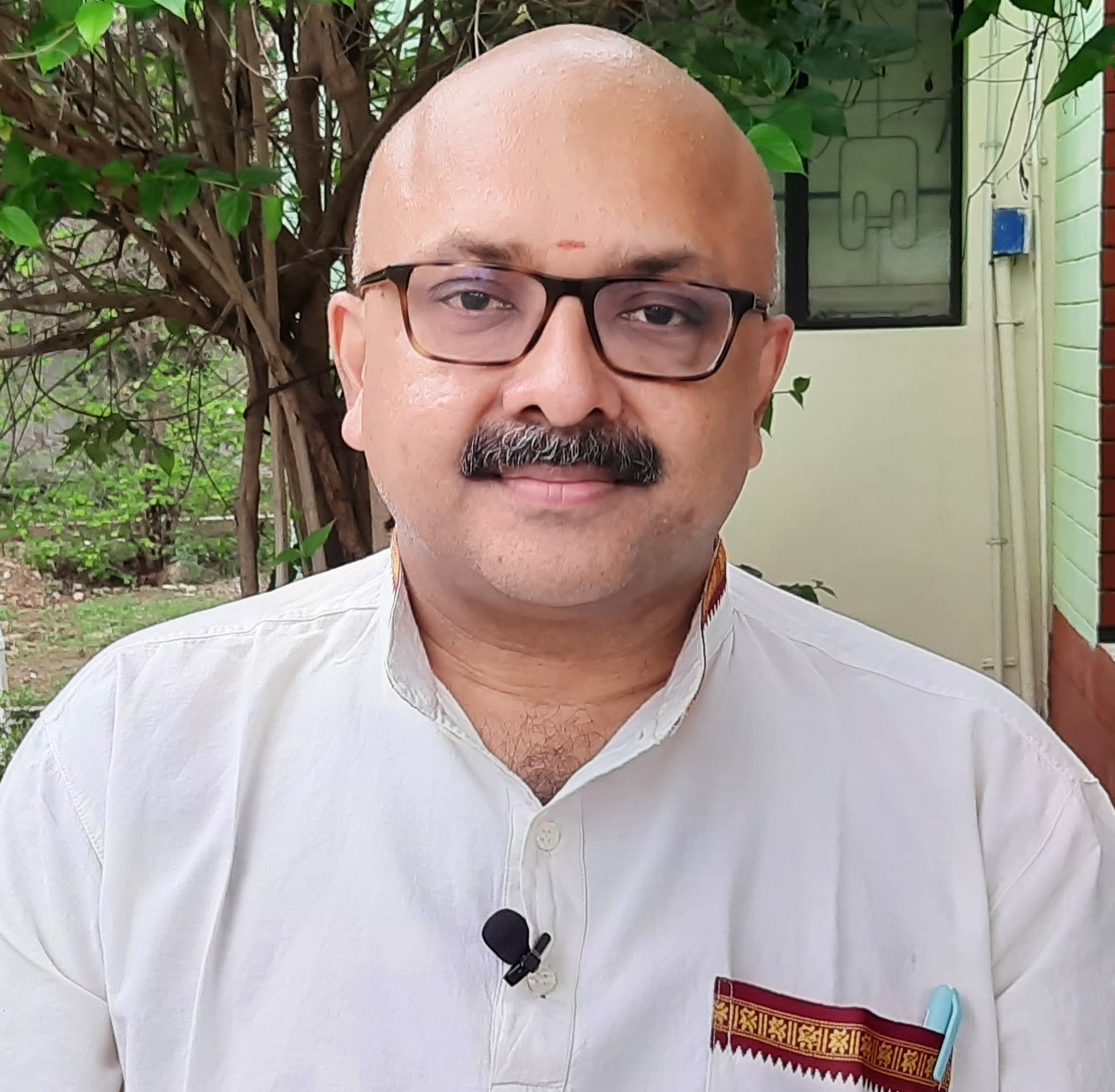 Mr. Rajesh Govindarajulu is one of the founding members of The Verandah Club Pvt. Ltd. He is a leading columnist, historian, jeweler, entrepreneur, and a heritage enthusiast who is earnestly working to revive the past in the light of the present. Experiential learning about the history of Coimbatore is his main course of interest and he is also a panel member of many colleges in the city.
Mr. Rajesh Govindarajulu is one of the founding members of The Verandah Club Pvt. Ltd. He is a leading columnist, historian, jeweler, entrepreneur, and a heritage enthusiast who is earnestly working to revive the past in the light of the present. Experiential learning about the history of Coimbatore is his main course of interest and he is also a panel member of many colleges in the city.
NEXT ARTICLE
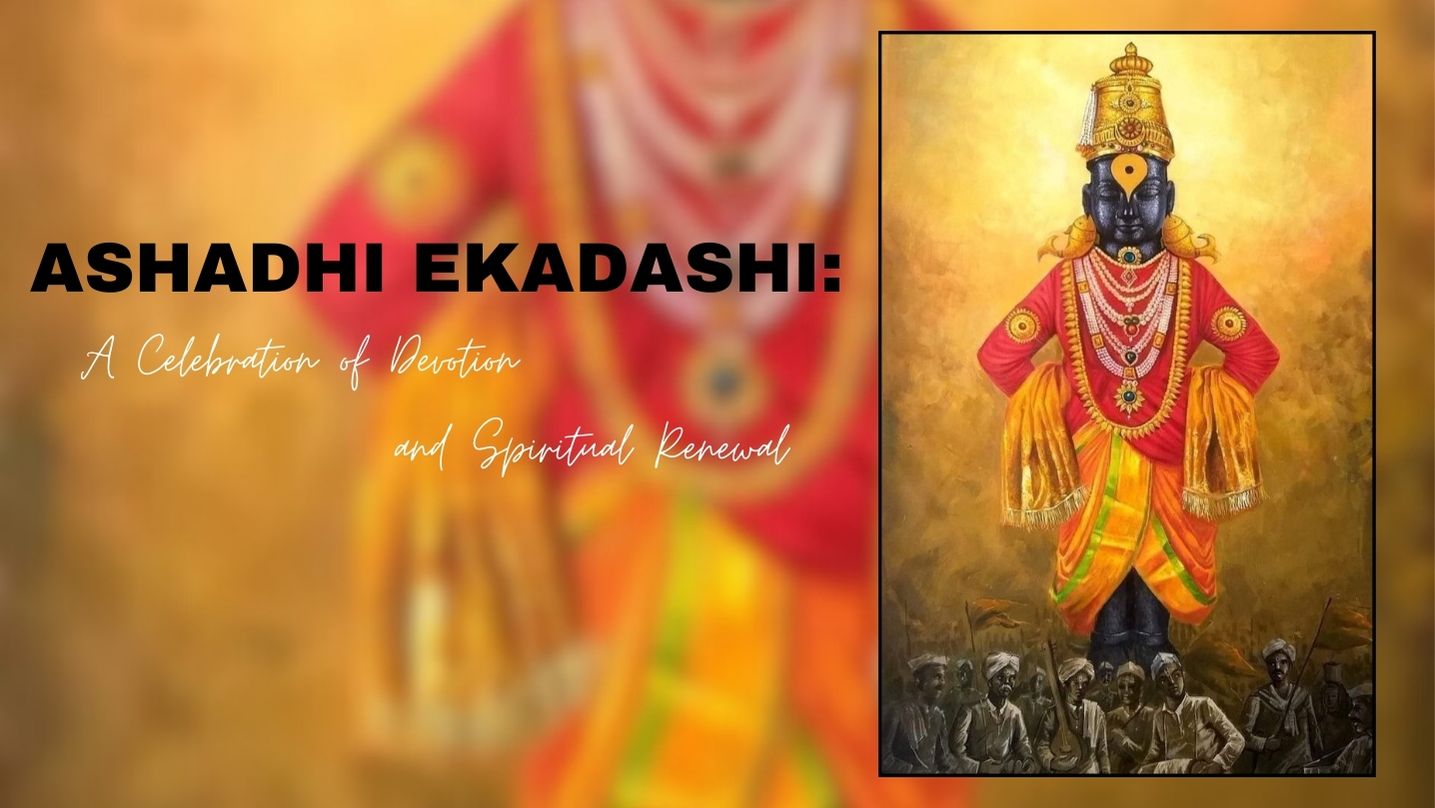
Ashadhi Ekadashi, also known as Shayani Ekadashi, falls on the 11th lunar day (Ekadashi) of the bright fortnight (Shukla Paksha) of the Hindu month of...
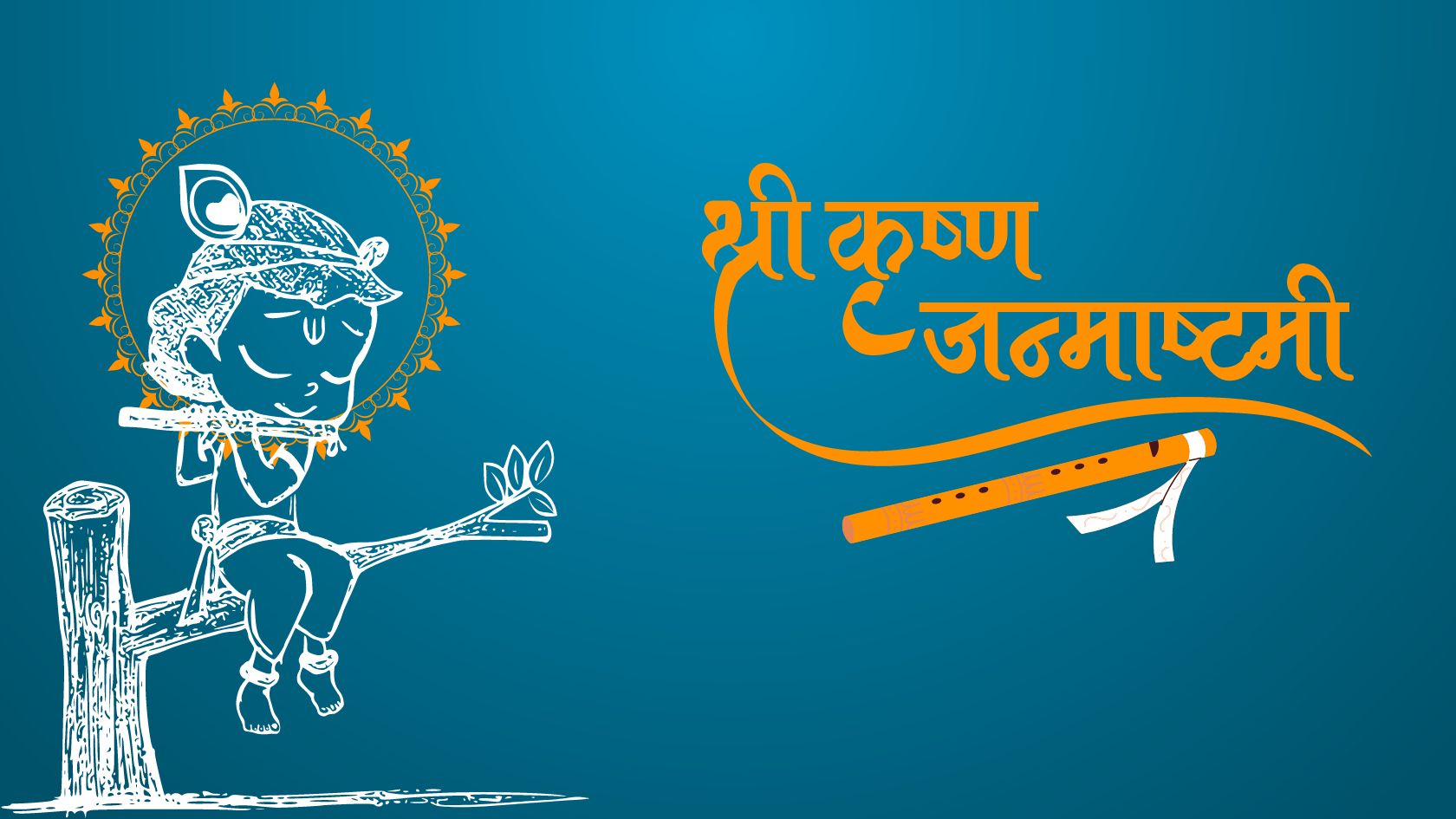
Every year, as the monsoon rains dance on the fields of India, an ancient story unfolds in the hearts of millions. It is the story of Krishna, the bel...
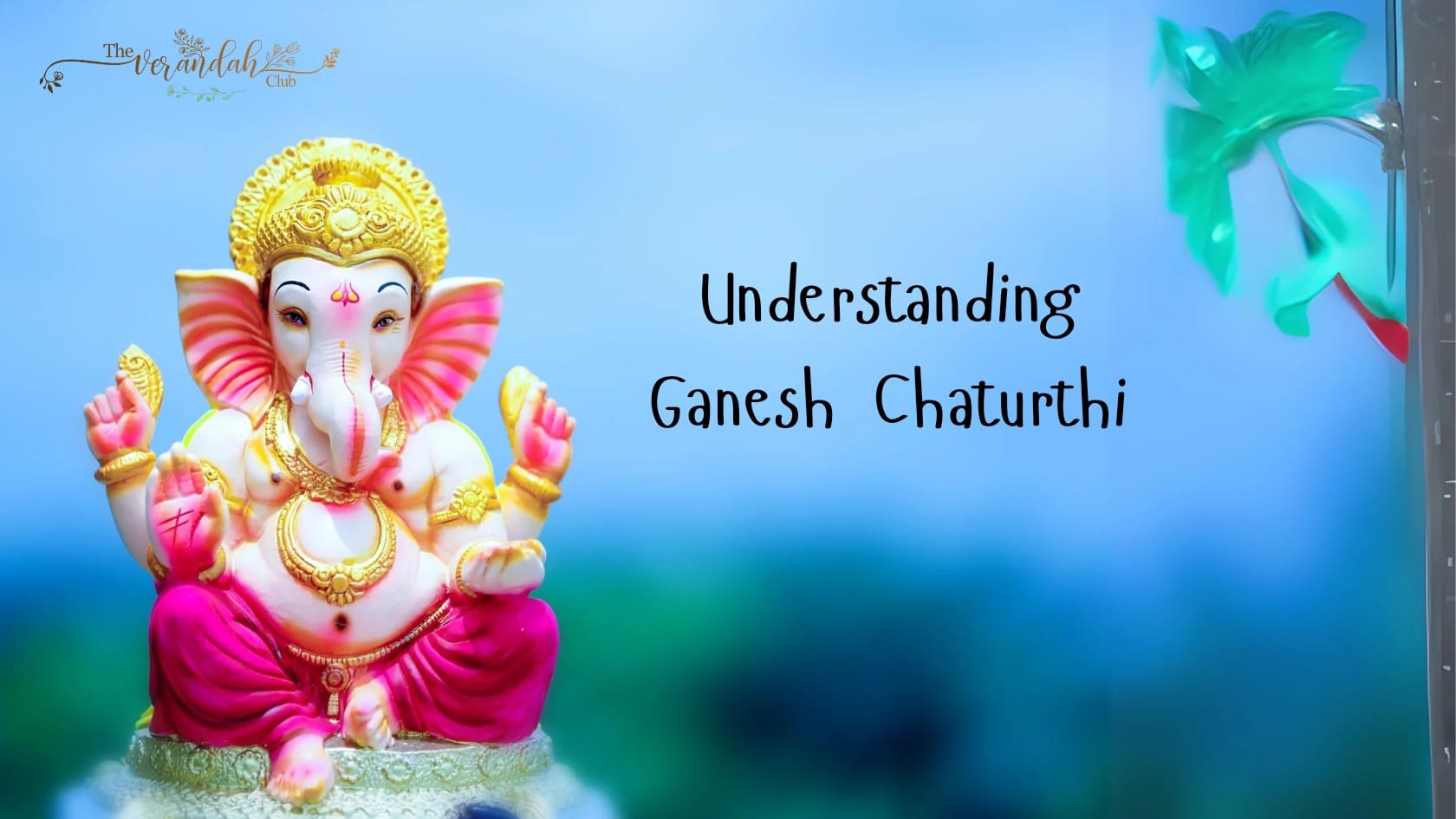
Ganesh Chaturthi, also known as Vinayaka Chaturthi, is a significant Hindu festival that honors Lord Ganesha, the deity revered as the remover of obst...